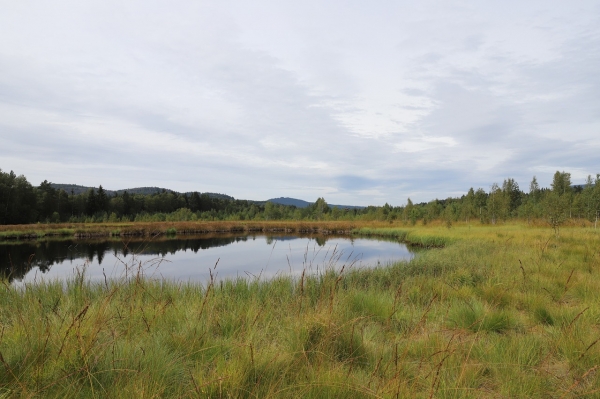The humble peat bog conjures images of a brown, soggy expanse. But it turns out to have a superpower in the fight against climate change.
The humble peat bog conjures images of a brown, soggy expanse. But it turns out to have a superpower in the fight against climate change.
For thousands of years, the world’s peatlands have absorbed and stored vast amounts of carbon dioxide, keeping this greenhouse gas in the ground and not in the air. Although peatlands occupy just 3% of the land on the planet, they play an outsized role in carbon storage -- holding twice as much as all the world’s forests do.
The fate of all that carbon is uncertain in the face of climate change. And now, a new study suggests that the future of this vital carbon sink may be affected, at least in part, by tiny organisms that are often overlooked.
Most of the carbon in peatlands is locked up in the spongy layers of mosses, dead and alive, that carpet the ground. There, the cold, waterlogged, oxygen-starved conditions make it hard for plants to decompose. This keeps the carbon they absorbed during photosynthesis locked up in the soil instead of leaking into the atmosphere.
Read more at Duke University
Photo Credit: Lukas-Linhart via Pixabay




